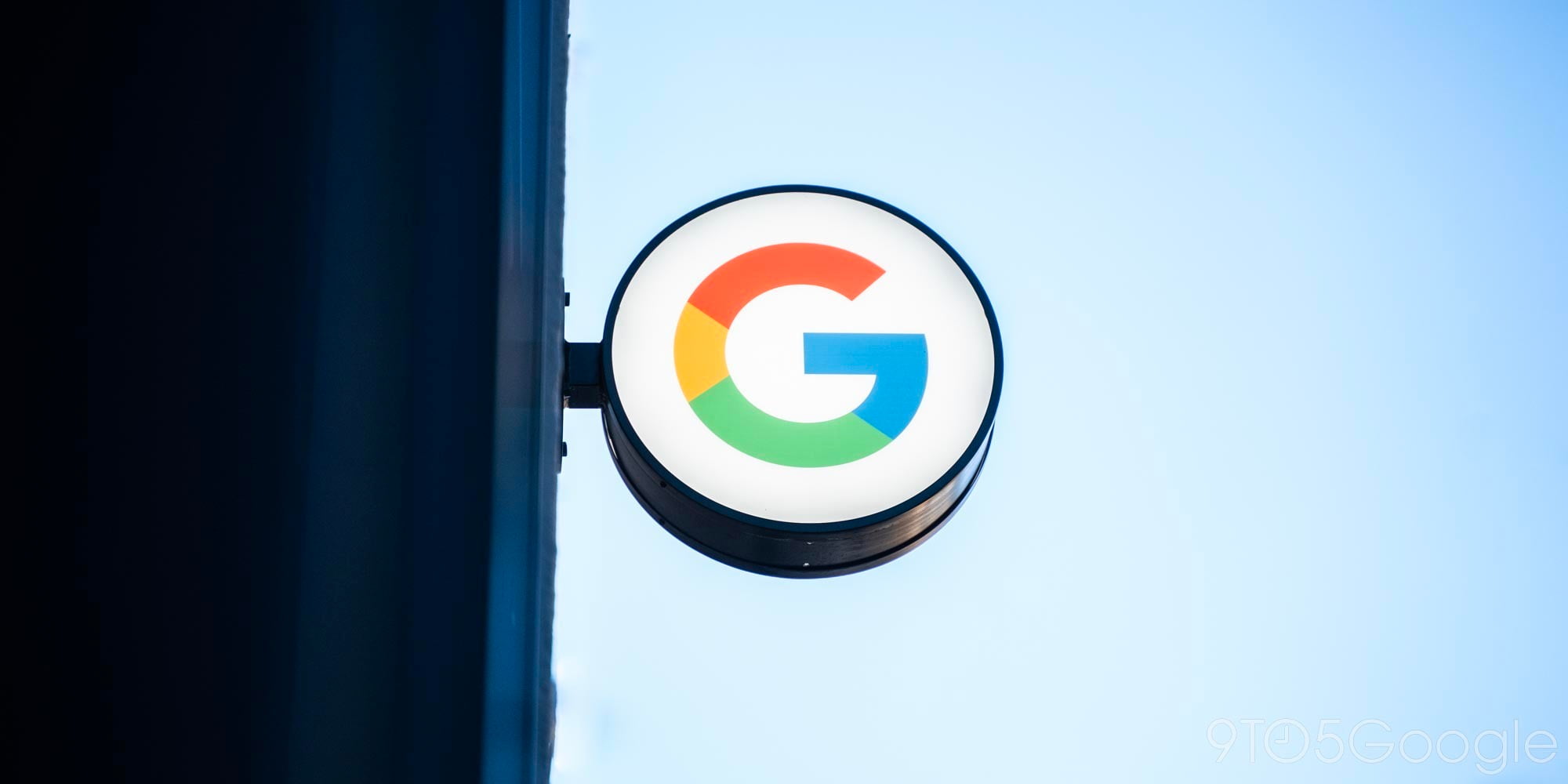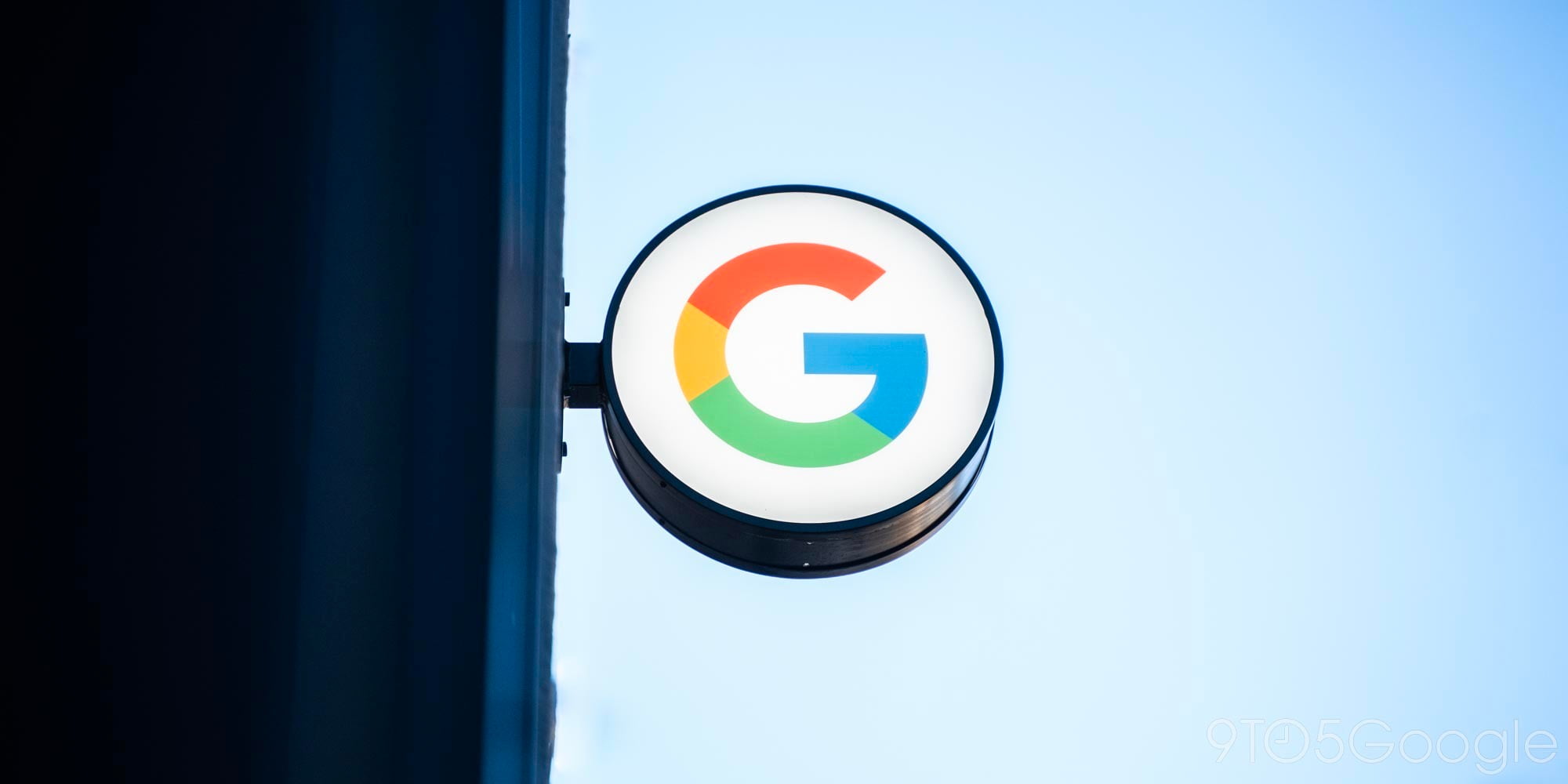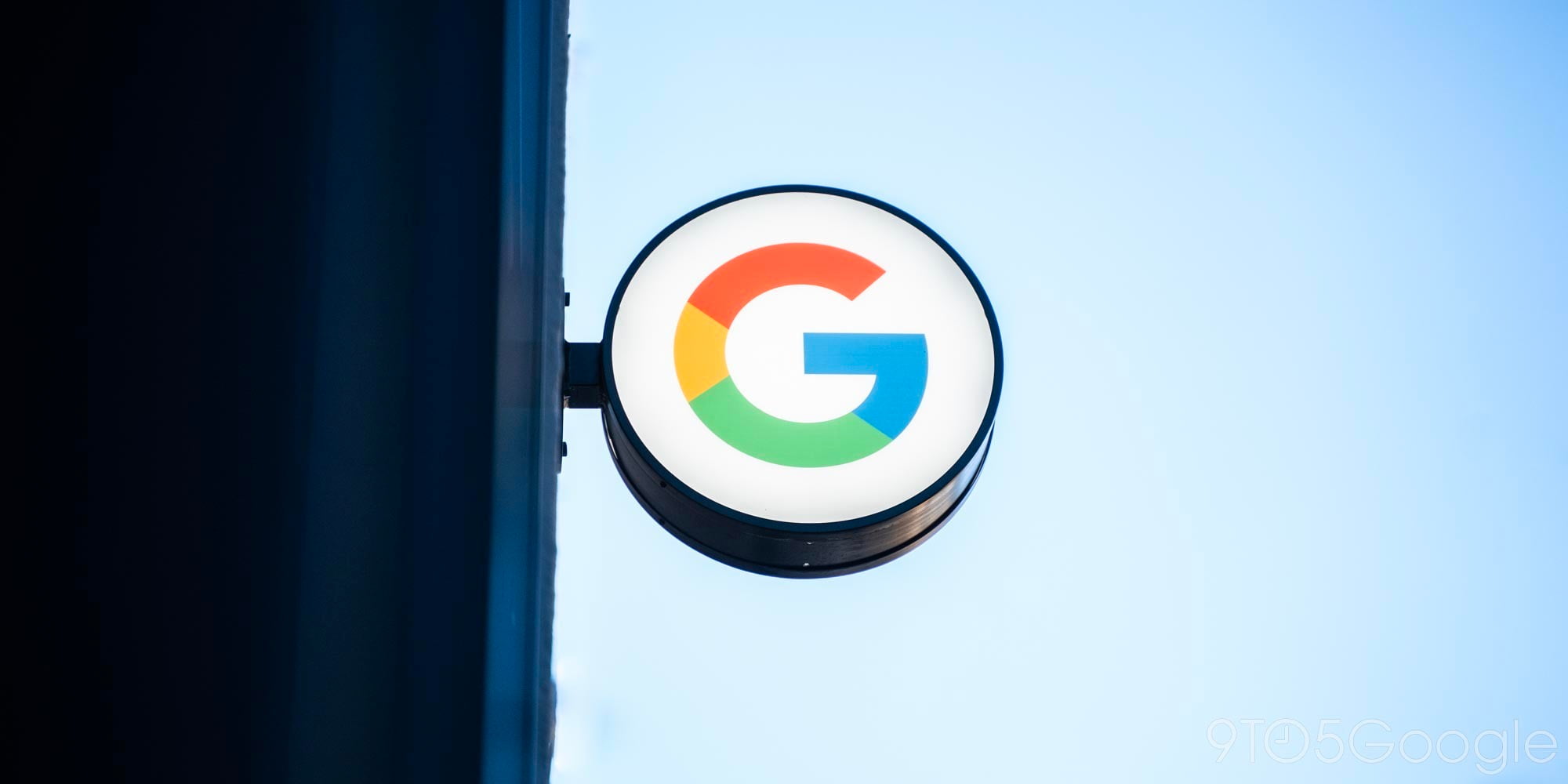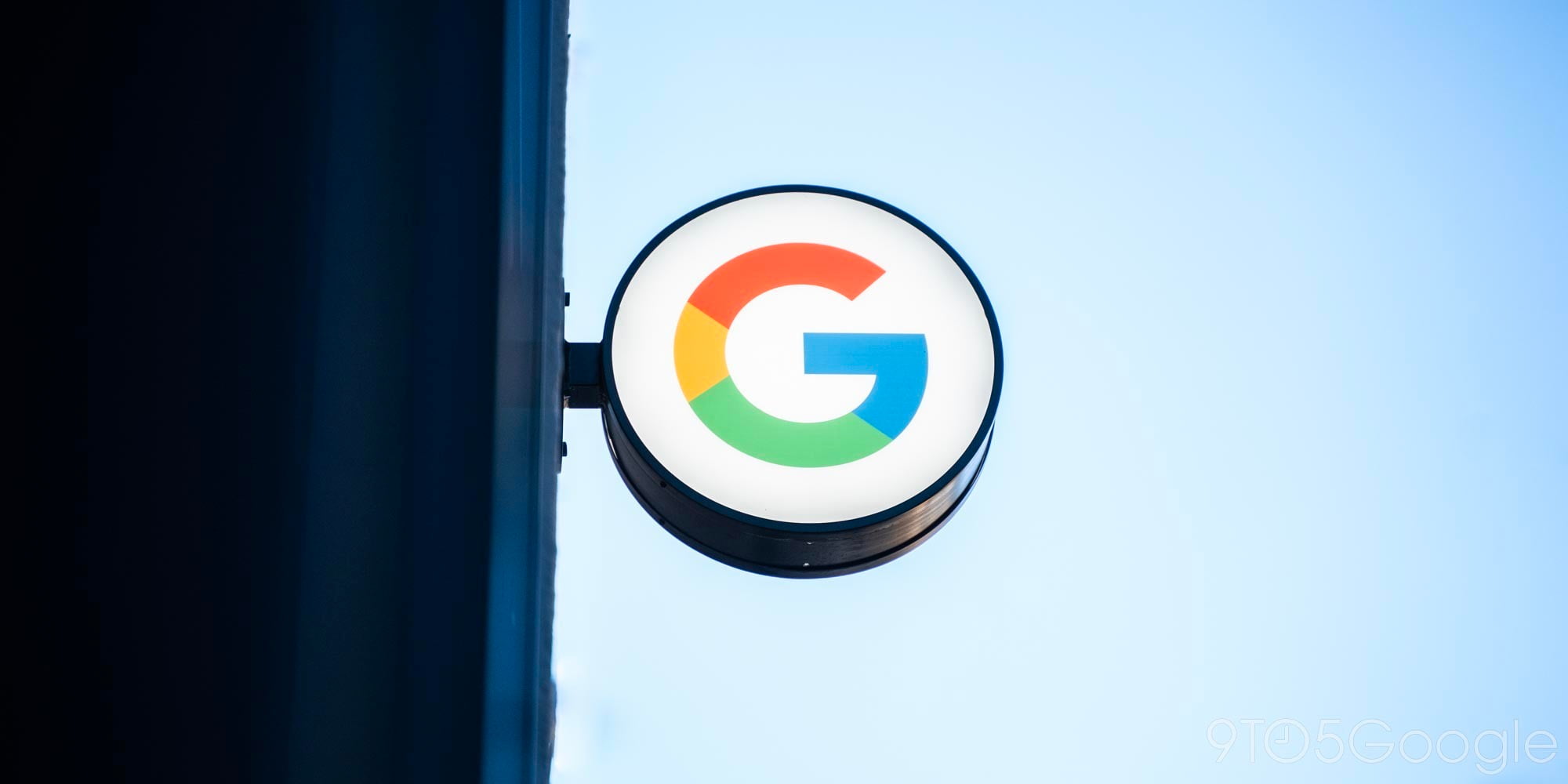[slideshow]
Sometimes it is fun to take a break from reviewing the newest high-end Android phones out there to see what the other end of the spectrum has to offer. Virgin announced its new low-end phone, the PCD Chaser, which is just $79.99 without signing up for a plan.
Virgin offers unlimited data 3G plans starting at $35 a month. So, you are looking at just under $500 for a year of this phone with unlimited data. That is an incredible deal for an Android 2.3 device that does not totally suck. The Chaser comes with many of the same specs as the previous Virgin-base model, the Optimus V, including a 3-megapixel camera, 800MHz processor, 3.2-inch display, and hardware buttons. The Chaser adds the new, lower $80 price tag and Android 2.3, which the low-cost folks will welcome. However, those who want to see Ice Cream Sandwich or Jelly Bean on their devices will lament (Virgin never updated the Optimus V, so do not expect this one to get an upgrade either).
It is still a remarkable little device that once retailed for $149 (but lately it is often on-sale for much less). The Optimus included a 2GB Micro-USB card, but the Chaser does not, which frankly is pretty petty. Although the phone has a low-end camera, you cannot take videos or still images until you buy a Micro-SD card. Lame. I was able to take some borderline decent pictures and movies once I popped in an SD Card. Therefore, this might actually be a step down from the Optimus V.
Otherwise, this fine Android device will be a good step up for feature phone users. Some notes:
While charging, there is an intense red LED at the top of the screen that is almost like a laser pointer in your eyes. I do not know how this design made it through QA, but it is annoying. When the phone is fully charged, an almost-as-bright green LED blares in your eyes. You will want to put a piece of tape over that until Virgin decides to fix it with a firmware update (they probably won’t). The LED/laser pointer also acts as a notification beacon that will shoot beams into your eyes when there is a notification. Masking tape is your friend.
The hardware buttons on the bottom are effective—just like the Optimus V. Hardware buttons trump capacitive, especially on a low-budget, small screen.
Netflix does work on the relatively small screen for the most part. There are definitely some dropped frames, but it is very watchable—especially by kids.
Most of the Virgin installed apps are removable, and with a limited amount of space without a big SSD, I would recommend doing so. For instance, I could not install Angry Birds (which also works fine, but how does Rovio make even poor screen look good?) without uninstalling Netflix. A $4 2GB SD card would have gone a long way here.
Putting in a Micro-SD card was a bit of a hassle with a spring-loaded mechanism that is hard to push all the way. With the enlisted help of a paperclip and a few tries, I was able to get one inside. It also worked right away.
Hardware-wise, it is roughly the same size as the Optimus V but more square, which does not feel as good in my opinion.
Calls are clear and worked well. Sprint’s 3G network works very well on the Chaser. I am on the 3G frontier where I live, but this phone rarely bumped down.
Google Maps worked reasonably well with the low-res screen, and the GPS is fairly accurate too. I did not do a lot of testing here, but it seems to work fine.
Touch-typing on the small screen is sometimes a chore. I am also not sure if the accuracy is as good as the Virgin Optimus V. It is passable, however, and I am sure it becomes easy with some training.
Battery life on this is pretty suspect…or at least the meter. I found that I would go quite a while on full, and then it would start going down pretty quick. Then I would go from about a quarter charge to yellow and then to red in about 15 minutes. Ten minutes later, the phone would shut off. Overall, the 1450mAh battery delivers a full day of charge (if you do not use it too hard), but you should probably get a charger if you find yourself at anything under a half-charge.
Sound is what you would probably expect from an $80 phone. Headphones work fine. I connected to Bluetooth speakers and coupled with Pandora, and it sounded just as good as a $600 phone.
Skip over Sprint’s DeviceID software. It will only slow down the device and just adds confusion.
Bottom line:
Not everyone in the world can afford a $600 unsubsidized phone. Even the $350 Galaxy Nexus is out of the reach for a lot of Americans and most of the world, especially those coming over from feature phones/plans. That is where this class of phone/plan really shines. With Android 2.3, you have a solid web browser, good email, and most standard Facebook/Angry Birds/Netflix/Pandora/Google Maps-GPS/Camera type apps work reasonably well. In short, you are delivering the smartphone dream into many more hands.
In fact, with most of the smartphone growth coming from those who cannot afford a high-end device, this class of device on a pre-paid carrier is most of the market growth in the near future.
With that being said, is this the $80 smartphone you should recommend to people with a $500/year budget who want to upgrade from feature phones? At $80, it works. You can do all of the basic smartphone stuff and run most mainstream apps. Heck, even if you do not want to go with Virgin’s unlimited 3G plan, $80 for a portable GPS, Camera, Wi-Fi Web browser, email device might make sense for some kids (the screen is too small for old folks like me, so get them a Nexus 7!). Skype works over Wi-Fi, so you can even make calls or send SMSes with Google’s Voice app.
This is a very usable device, with most of its flaws emanating from my experience of using much higher-end devices.
There are good alternatives to the Chaser, however. I personally would probably even take the previous low-end device, the Virgin Optimus V, over this phone. It is still available (often for less than $80) in some channels. LG’s phone just feels a little more solid, has a better camera and other components, but Virgin unfortunately has not upgraded it to Android 2.3 (though most of the functionality is the same).
Other low-enders may choose T-Mobile’s slightly cheaper $30 a month plan that only includes 100 minutes of talk (vs. Virgin’s 300). T-Mobile is on GSM, and you can find many more low-end or used devices to plop on there (Virgin only let’s you use its devices). Or, perhaps you can ratchet all the way up to the high-end of the smartphone spectrum with a 4G Galaxy Nexus ($350), with a year of $30 a month unlimited data service ($360), for just $710. Broken out over 12 months, that is less than $60 a month. So, it is not much of a bump from many of the $40 a month feature phone plans out there.
Related articles

FTC: We use income earning auto affiliate links. More.








Comments